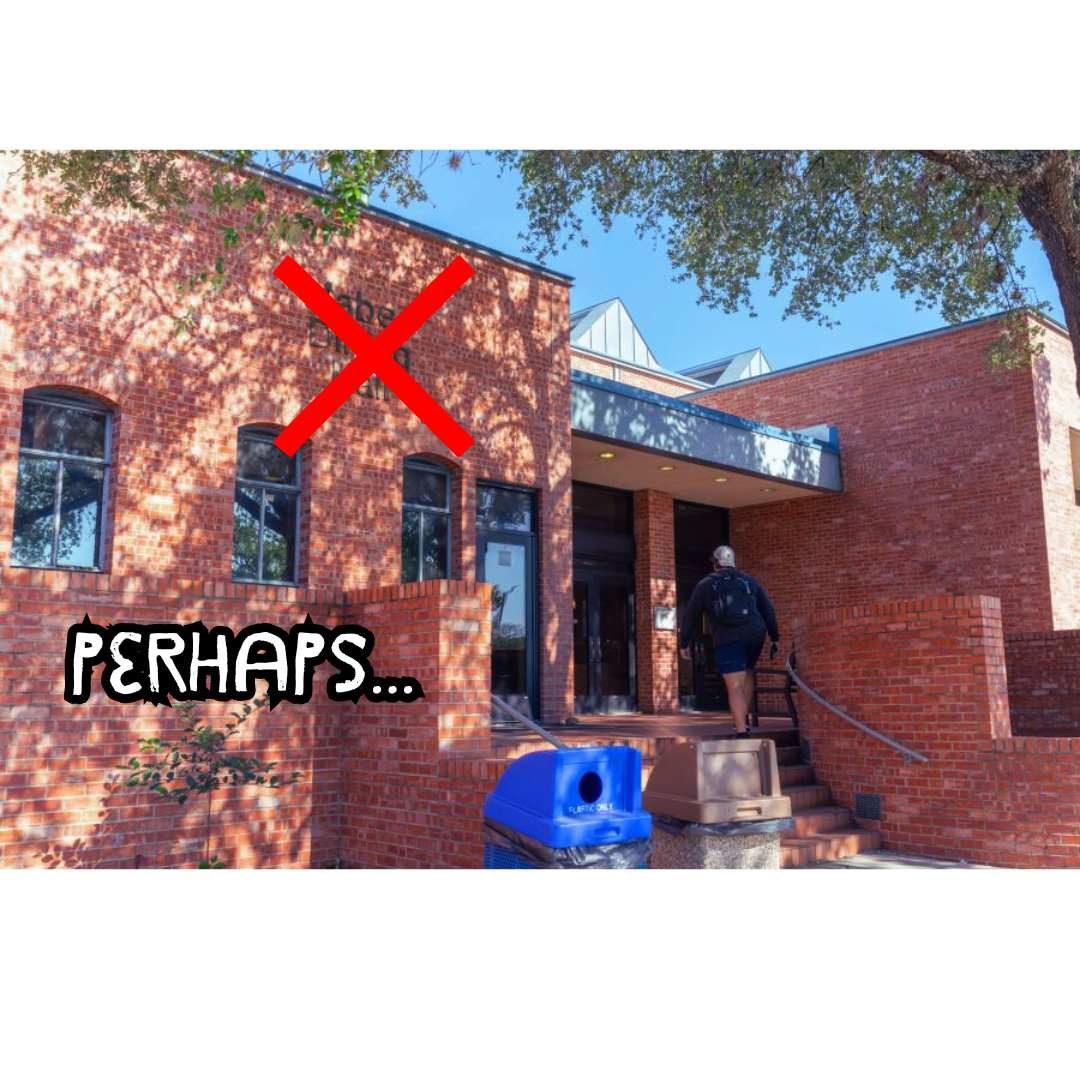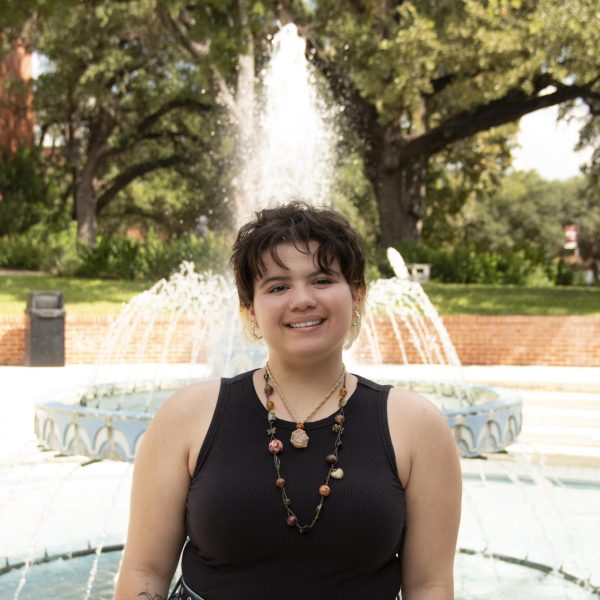Crime on Campus / Campus Safety – Every year, TUPD publishes an annual security report that is available online on the Trinity website. This document details any and all crimes that have been reported on campus and is organized by category, as well as providing resources and definitions of potential crimes on campus. In 2023, which is the most recent data that the 2024 security report provides, there were four reported instances of rape, 10 reported motor vehicle thefts, 14 disciplinary referrals for drug abuse violations and 15 disciplinary referrals for alcohol violations. There were also zero fires on campus, and every residence hall completed their required two fire drills. According to TUPD Chief Paul Chapa, the most common crime at Trinity is property crime, otherwise known as “crimes of opportunity.”
“Trinity University is a safe campus. We don’t have the major crimes that you would see in the city. If you look at the stats for the city of San Antonio, in our area, there’s crimes all around us, but not necessarily on campus, and I contribute that to our police presence and our community engagement,” Chapa said.
Chapa said that TUPD encourages all members of the community to download the SeeSay safety app. Any student, faculty member or community member may report crimes or requests through the app.
Financial Aid – On Trinity’s website, anyone can access the Common Data Sets, which share standardized statistics on the university, corresponding to the appropriate academic year. According to Frances Frey, executive director of the Office of Institutional Research and Effectiveness, the Common Data Set is a way to share data and frequently used definitions to the proper constituents so that they may make more effective decisions. For reference, there are 2,518 undergraduate students at Trinity as of fall 2024.
As of fall 2024, 1,478 full-time undergraduate students applied for need-based financial aid. Of those 1478 students, 947 students were “determined to have financial need” and were awarded financial aid. According to the “Number of Enrolled Students Awarded Aid” table in 2024’s Common Data Set, all of these students’ needs were fully met with the exclusion of PLUS loans, unsubsidized loans and other private alternative loans. On average, 92.7% of need was met for students awarded need-based aid, and the average financial aid package was $52,758. In comparison, 1,424 full-time, undergraduate students had no financial need and were awarded institutional scholarships or grant aid. The average financial aid package was $26,592. For any nonresidents of the United States, seeking financial aid, the average package was $31,149.
The total cost of tuition at Trinity, including room and board, is $68,634. In addition to this, the university expects each student to spend approximately $2,400 annually per academic year on textbooks, transportation and other personal expenses.
Need-Based Aid: In 2024, the university awarded a total of $44,167,809 in scholarships and grants. Student self-help, which includes any loans outside of parental loans and Federal Work-Study, amounted to $4,200,270. Trinity waived $825,922 of tuition.
Non-Need-Based Aid: In 2024, the university awarded a total of $41,394,720 in scholarships and grants. Student self-help, which include any loans outside of parental loans and Federal Work-Study, amounted to $4,225,998. Trinity waived $5,155,944 of tuition.
Political Affiliation / Identity – IRE consolidates information about the university and reports it to the federal government to support informed decision-making. In addition, they oversee institutional survey administrations and support academic and non-academic departments with assessment and institutional effectiveness reports.
According to the 2,462 undergraduate students who participated in the Higher Education Data Sharing Diversity and Equity Campus Climate Survey in 2023, 11% of Trinity students identify as conservative and 60% identify as liberal. The remaining 29% classify themselves as “middle-of-the-road.” On average, 43% of all students feel that the campus environment is free from tensions related to individual or group differences. The self-identified “middle-of-the-road” group showed the highest rate of agreement, at 49%. On average, 73% of students are comfortable interacting with people who hold a political affiliation, philosophy or view that differs from their own.
More information is available on Trinity’s website. Frey said that the office is working at improving their communication and delivery of the information they consolidate.
“There is a lot of data, and I think we struggle with communicating effectively how it’s being used. What I’ve seen is a lot of desire to make improvement and to do good work. We use the data, but it’s overwhelming how much data there is sometimes,” Frey said.
According to the 448 undergraduate students who participated in the National College Health Assessment in 2023, 9% of Trinity students identify as transgender or gender-nonconforming, and 41% of the respondents identify as LGBTQIA+. The top four queer identities are as follows: 21% of students identified as bisexual, 4.1% identified as queer, 3.8% identified as lesbian and 3.8% identified as pansexual.
Alicia Moreno, director of the office of Student Inclusion and Belonging, said that the office uses data to better understand students’ experiences. According to them, this information informs how Trinity approaches student support.
“The Student Inclusion and Belonging (SIB) Office has actively been working with the IRE Office as well as campus partners to analyze existing institutional data to inform our practices, programming, and trainings,” Moreno said in an email. “Data plays a very important role in providing research based evidence to enhance our campus services and inform our campus community.”





